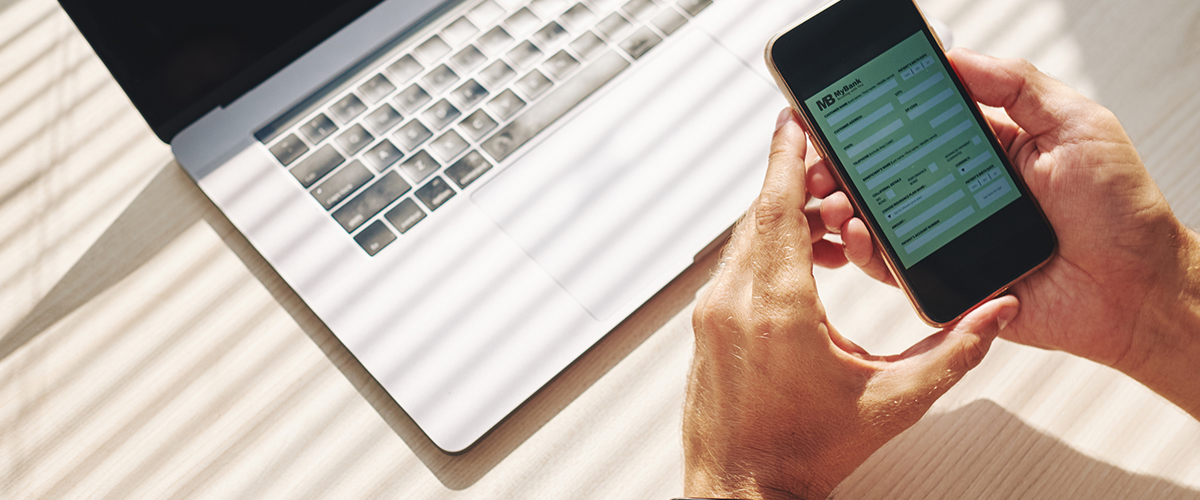Security Best Practices for Mobile App Development
Ensuring the security of mobile apps is paramount in the ever-evolving landscape of cyber threats. Security breaches can have severe consequences, compromising user data and damaging the reputation of app developers. Implementing robust security best practices is crucial for safeguarding mobile applications. Let's explore key measures to enhance the security of your mobile app development.
Secure Data Transmission
Encrypting data during transmission is a fundamental security practice. Utilize secure communication protocols such as HTTPS to protect sensitive information exchanged between the app and servers. Implementing Transport Layer Security (TLS) ensures a secure channel for data transmission, preventing eavesdropping and man-in-the-middle attacks.
Authentication and Authorization
Implement robust authentication mechanisms to verify user identities and authorize access to specific app features. Multi-factor authentication adds an extra layer of security, requiring users to provide multiple forms of identification. Regularly update authentication processes to stay ahead of evolving security threats.
Code Obfuscation and Minification
Protect your app's source code by applying code obfuscation and minification techniques. Code obfuscation makes it challenging for attackers to reverse engineer the app, enhancing the overall security posture. Minification reduces the size of the codebase, improving app performance and making it more challenging for malicious actors to analyze the code.
Regular Security Audits and Testing
Conduct regular security audits and testing throughout the development lifecycle. Perform static code analysis to identify vulnerabilities in the source code. Dynamic testing, including penetration testing and ethical hacking, helps uncover potential weaknesses in the app's security infrastructure. Regular updates and patches should address identified vulnerabilities promptly.
Appropriate Permissions and Data Storage
Request only necessary permissions from users and clearly communicate why each permission is required. Limit the access of the app to device resources and user data to minimize potential security risks. When storing sensitive data, utilize secure storage mechanisms, such as encrypted databases, to protect user information from unauthorized access.
Summary Description:
Enhance mobile app security with measures like secure data transmission, authentication, code obfuscation, regular testing, and appropriate permissions for a robust defense against cyber threats.

